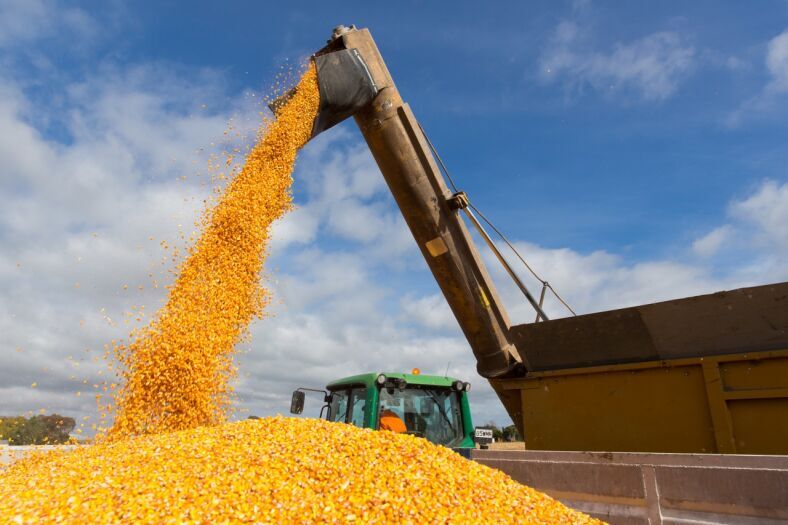
Articles
Getting it right - all season long

Hybrid selection is important for maize grain growers and users alike as it will have an important impact on agronomic management of the crop, yield, grain quality and profi tability. When selecting a grain hybrid, farmers should consider the following factors:
Hybrid maturity and agronomic traits
Begin by identifying a group of hybrids which have the correct maturity and high ratings for the agronomic and disease resistance traits that are important in your area. In grain hybrids early growth, drought tolerance, stalk strength and husk cover are particularly important traits to note.
In making the call on hybrid maturity remember to consider its impact on grain harvest timing, delivery commitments and grain quality requirements of end users. With the availability of high yielding short maturing hybrids there are an increasing number of growers planting these hybrids to enable earlier harvest, timely planting of the following grass or cover crop, while enhancing annual return per hectare.
Disease considerations
Proper disease management is critical to preserving crop yields. The first line of defence is genetic resistance. Pioneer® brand hybrids are rated on a scale of 1 (susceptible) to 9 (resistant) for their level of genetic resistance to major diseases.
During the grain fill period last season, conditions were highly favourable for Northern Leaf Blight (NLB) in many North Island growing regions, resulting in significant blighting, particularly as crops approached silage harvest and grain maturity.
Northern Leaf Blight overwinters in diseased maize residues and spores are produced when environmental conditions become favourable in spring and early summer. These spores are spread by rain splash and air currents and infection occurs when water is present on the leaf surface for 12 hours and temperatures are 18 to 27ºC. Secondary spread occurs from plant to plant or field to field as spores are carried long distances by the wind. Infections generally begin on lower leaves, even though last season many infections were first noted in the upper plant canopy, the result of infection from some distance.
Infections by NLB can occur at any growth stage during the season, but plants are more susceptible to infection after flowering. The earlier symptoms develop, the more leaf area is reduced and the more impact on yield.
One of the most eff ective means of managing NLB is selecting resistant maize hybrids. This will be especially important in areas that experienced signifi cant NLB last season. In such cases, it is recommended that hybrids with a Pioneer rating of 6 or higher should be considered.
Other strategies to consider include, removing crop residue (as is the case with silage crops), signifi cantly shredding residue through the combine, incorporating residue into the soil, planting a winter cover crop, timely planting, top agronomic management of next season’s crop and in some situations the application of registered fungicides.
Total grain yield
From those hybrids that meet your maturity, agronomic and disease resistance requirements, select 3 or 4 hybrids that are expected to meet your growing objectives. The final hybrid selection step should be based upon an analysis of summary grain yield data. Side-by-side comparisons conducted over several seasons at 20 or more locations, in your growing region, will give an excellent measureof yield performance.
Seed quality
Maize hybrids vary genetically in their ability to germinate and grow rapidly in our cool wet spring soils. However, differences in seed germination and vigour are also influenced by seed harvest timing, handling, drying, conditioned storage and seed treatment. Genetic impurity or off -type plants within a hybrid may also cause yield loss and negatively infl uence grain quality. Growers can plant Pioneer maize hybrids with the assurance that their seed has been produced in Gisborne to the highest international standards for genetic purity and germination.
When to harvest
Season long attention to planting date, plant population, fertility and weed control will set your crop up for the delivery of optimum yields. The final step for grain growers is harvest timing. Ideal harvest time is when your grain moisture content is between 20-24%.
Pioneer® brand products and our grower network invests a great deal in observation and yield evaluation in over 300 grain and silage trials annually. For further information on planning your next crop, please contact your merchant, contractor or Pioneer Area Manager.

